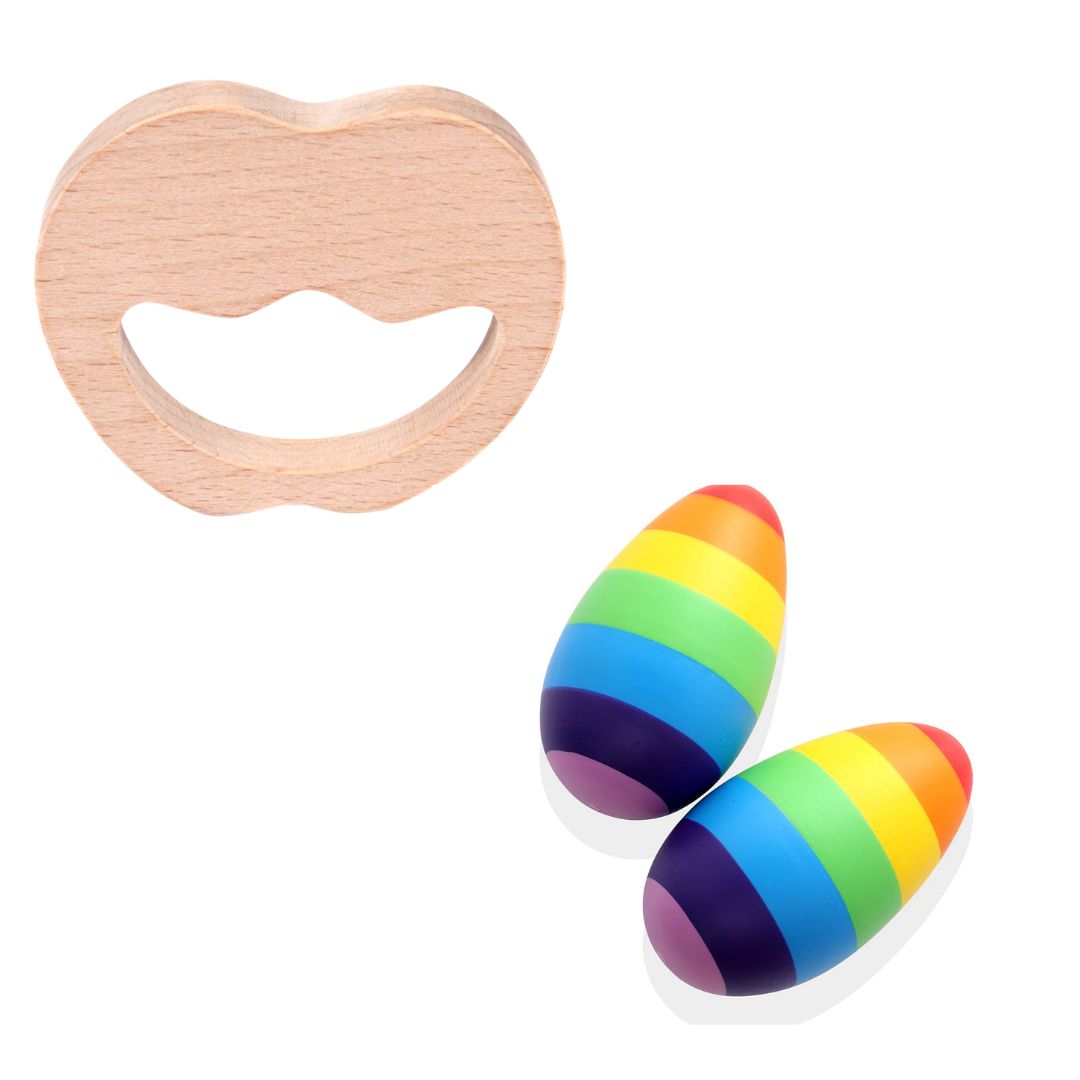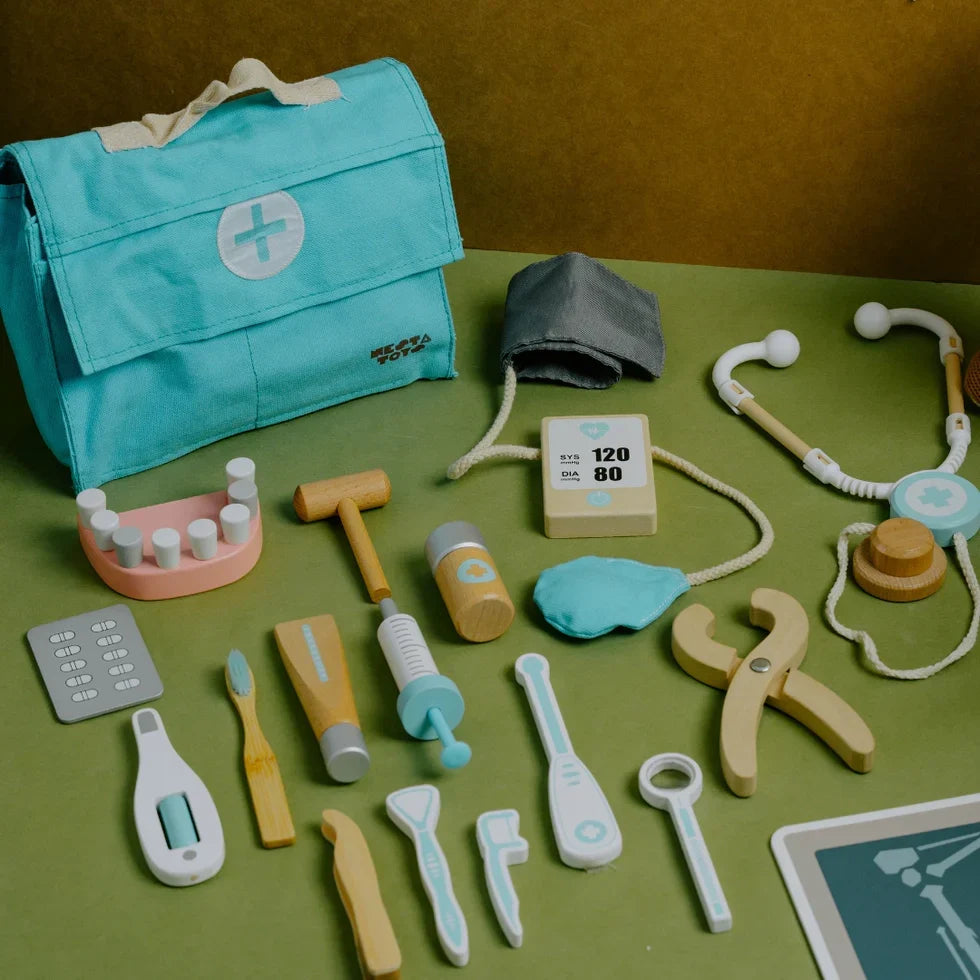Oral motor skill development in babies is the growth of muscle control needed for eating, drinking, and speaking.
Key oral motor skills include: Eating and swallowing solids require learned oral motor skills like tongue lateralization, tongue elevation, and chewing, unlike the reflexive suck-swallow-breathe sequence (Morris & Dunn Klein, 2000).
- Sucking and swallowing: Efficient sucking and swallowing are vital for feeding, allowing infants to nurse safely while protecting their airway and meeting nutritional needs (Case-Smith & Humphry, 2005).
- Lip closure: The ability to close the lips tightly is necessary for clear speech production.
- Tongue movement: This flexibility enables clear articulation of sounds and efficient coordination during eating and drinking.
- Jaw movement: Proper jaw movement is essential for breaking down food and forming speech sounds effectively.

These skills continue to develop through childhood, supporting clear speech, effective chewing, and overall oral coordination.
- When an infant is offered a spoon of puree, the practiced or familiar oral motor pattern is sucking.
- As purees are thicker than formula or breastmilk, puree is sucked off of a presented spoon and moved in the mouth in a similar fashion as liquid.
- This is generally looked at as a part of the process of introducing solid foods and parents are often encouraged to push past this.
- Conversely, current research supports that early negative experiences with eating leads to poor food acceptance in later years (Courtland, Harris, & Emmett,2009).
- The food bolus will trigger a gag response first and be expelled before it hits the laryngeal vestibule. Infants therefore utilize the gag reflex for learning three important concepts: the borders of their mouth, desensitizing their gag reflex, and how to protect their airway when volitionally swallowing solid foods (Rapley & Murkett, 2008).
Proper oral motor development is crucial for safely managing food textures. If an infant does not develop the ability to control a bolus and coordinate swallowing, they may be at a higher risk of choking after age one when introduced to solid foods (Morris & Dunn-Klein, 2000).
Disclaimer: The information provided in this article is intended for general knowledge and educational purposes. It is not a substitute for professional medical advice, diagnosis, or treatment. Every baby is unique, and what works for one may not be suitable for another. We strongly encourage parents to consult with their pediatrician or a qualified healthcare professional before making any decisions about their baby's feeding approach or introducing new foods.








